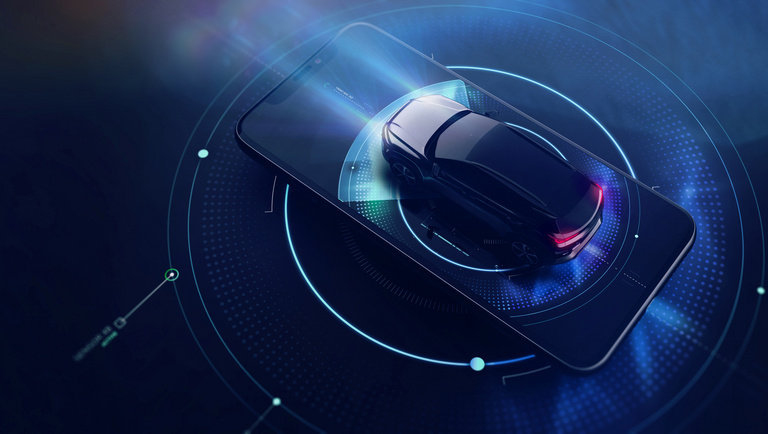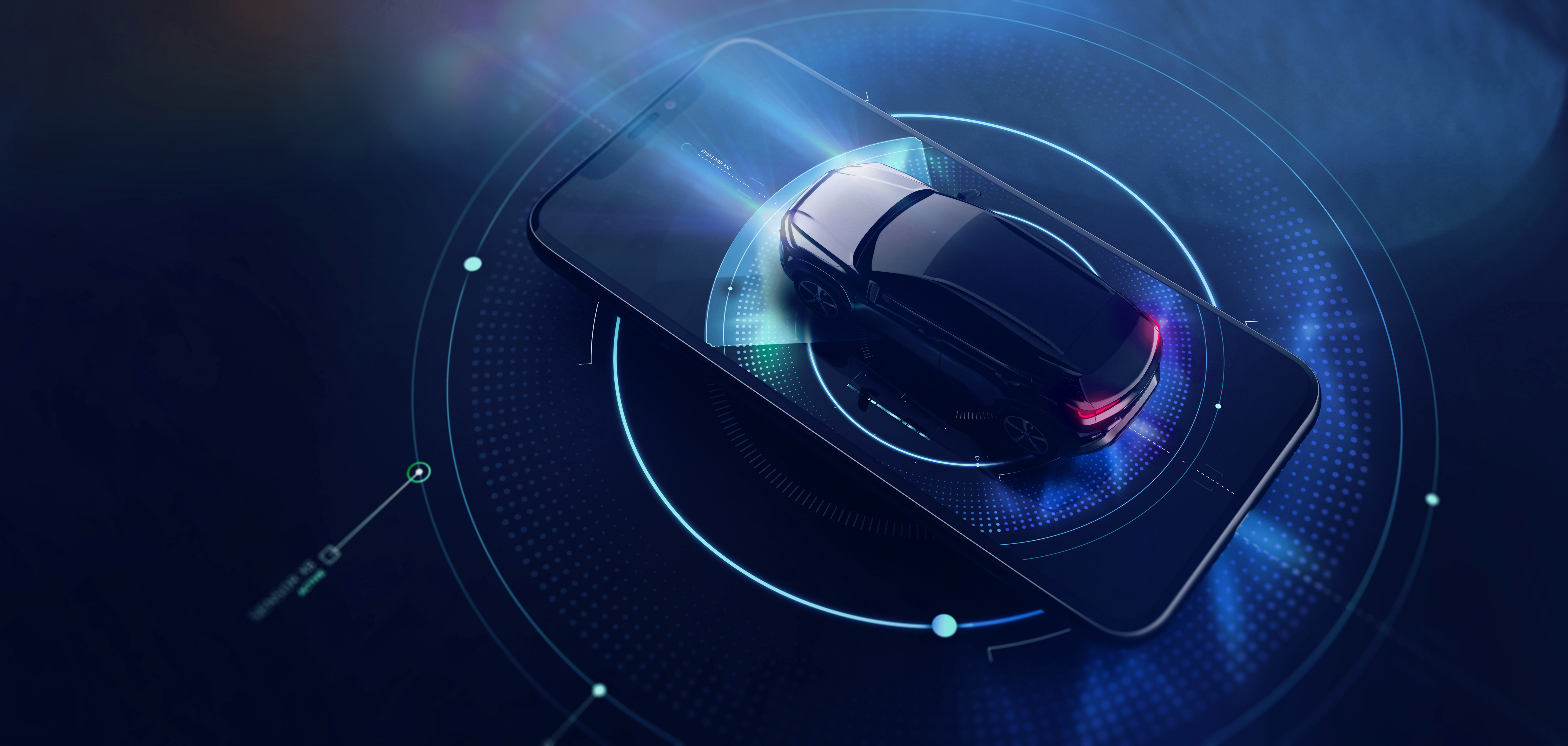A few years ago, anyone wanting to describe the transformation of the automotive industry, and mobility in general, used the acronym CASE. Vehicles were to be "connected", "autonomous", "shared" and "electrified". Today, CASE has almost completely disappeared from the debate. The transformation itself, on the other hand, has really picked up speed. While the shared aspects are not being pursued quite as euphorically, there has been some progress with the autonomous aspects, although it will probably take a while before the vision of level 5 actually becomes reality.
Connected and electrified is becoming standard
Meanwhile, the concept of connected cars is more or less universally accepted, with the great importance of software resulting in “Software Defined Vehicles” (SDV) currently becoming the term of choice. And to the same extent, almost all manufacturers now offer electrified vehicles (EV). At the IAA Mobility 2023, both developments were clearly visible, and not only because several OEMs used the show to present their ambitious e-mobility visions. Porsche, for example, presented its - albeit already known - Mission X hypercar at the show, Mercedes the CLA concept car and BWM the New Class. But in addition to these concept vehicles, visitors were also able to also see models they can already drive today or in a few months’ time.
New players with convincing arguments
This transformation at product level is having an enormous impact at market level. New players have excellent chances when competing for customers. There are various reasons for this:
Because combustion engines are complicated, they have so far been a technological barrier to new players entering the market. Electric engines are much simpler and therefore less suitable for presentation as a distinguishing feature.
In contrast, the battery makes a significant difference in electromobility. The question is how far it can take a car and how quickly it can be charged. Pioneers in battery technology are mainly new manufacturers, but the established OEMs are hot on their heels.
For increasing numbers of customers, software-based vehicle functions are important purchase criteria. For many of the new players, dealing with digital technologies is part of their corporate DNA.
When it comes to conventional hardware features and design, the established OEMs are still in the lead. However, on the one hand, the new players have made up a lot of ground here in recent years and on the other, these criteria are becoming relatively less important for customers.
On top of all this, there’s also the fact that many of these new players enjoy an unfair competitive advantage over established manufacturers: Some of the companies are financed by enormous venture capital investments, others are subsidised by the American or Chinese state. So there is considerably less need for them to operate a profitable business model right away, and this in turn allows them to offer vehicles at attractive prices.
Chinese manufacturers on the advance
Against this backdrop, it is not surprising that the reporting around the IAA Mobility 2023 focused on one aspect in particular: many Chinese manufacturers are doing all they can to gain a foothold in Europe and quite definitely pose a threat to European OEMs. Nevertheless, we take a more differentiated view - also based on our current Mobility Study, which we will publish at the end of September 2023. According to this study, almost 50 percent of European consumers would actually consider buying a vehicle from a Chinese manufacturer. This is due, among other things, to the good price-performance ratio and software-based vehicle characteristics. However, customers around the world continue to have high expectations with regard to conventional hardware-based vehicle features.
Europe’s OEMs under pressure to act
But with their culturally deeply rooted engineering skills, European manufacturers - especially OEMs from Germany - continue to set the benchmark in this respect. To continue to play an important role in the automotive market in the future, it is important for them to maintain this strength and to push it into the foreground even more clearly. At the same time, there is no alternative to gradually closing the gap on the new players in electrification and digitalisation, catching up with them and, better still, overtaking them. Achieving this not only requires building up the corresponding technological competencies - strategic partnerships with companies like Google or Xpeng would be one approach. It is also about knowing and taking into account the preferences of consumers in other parts of the world: even if that means equipping a car with a karaoke microphone…


